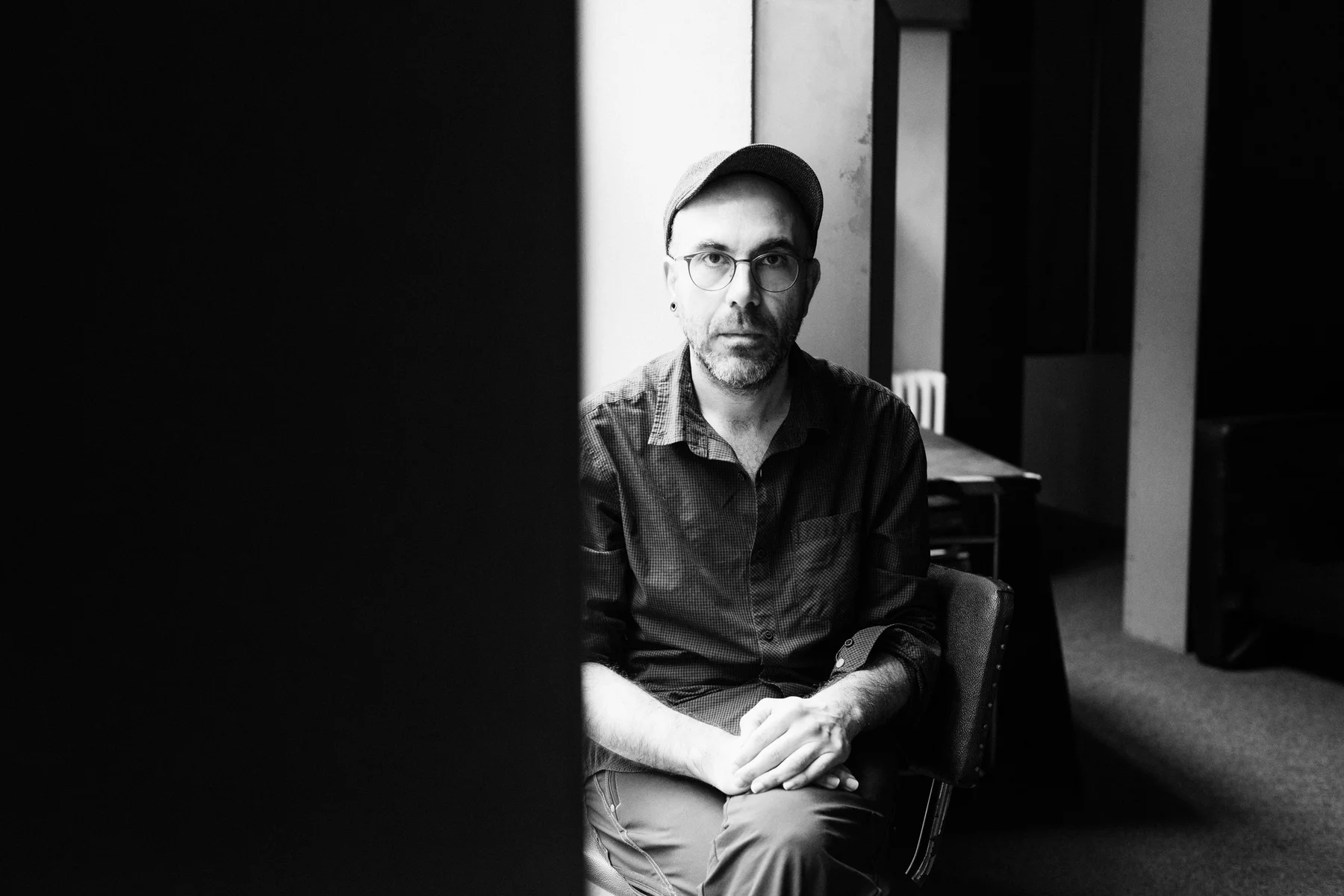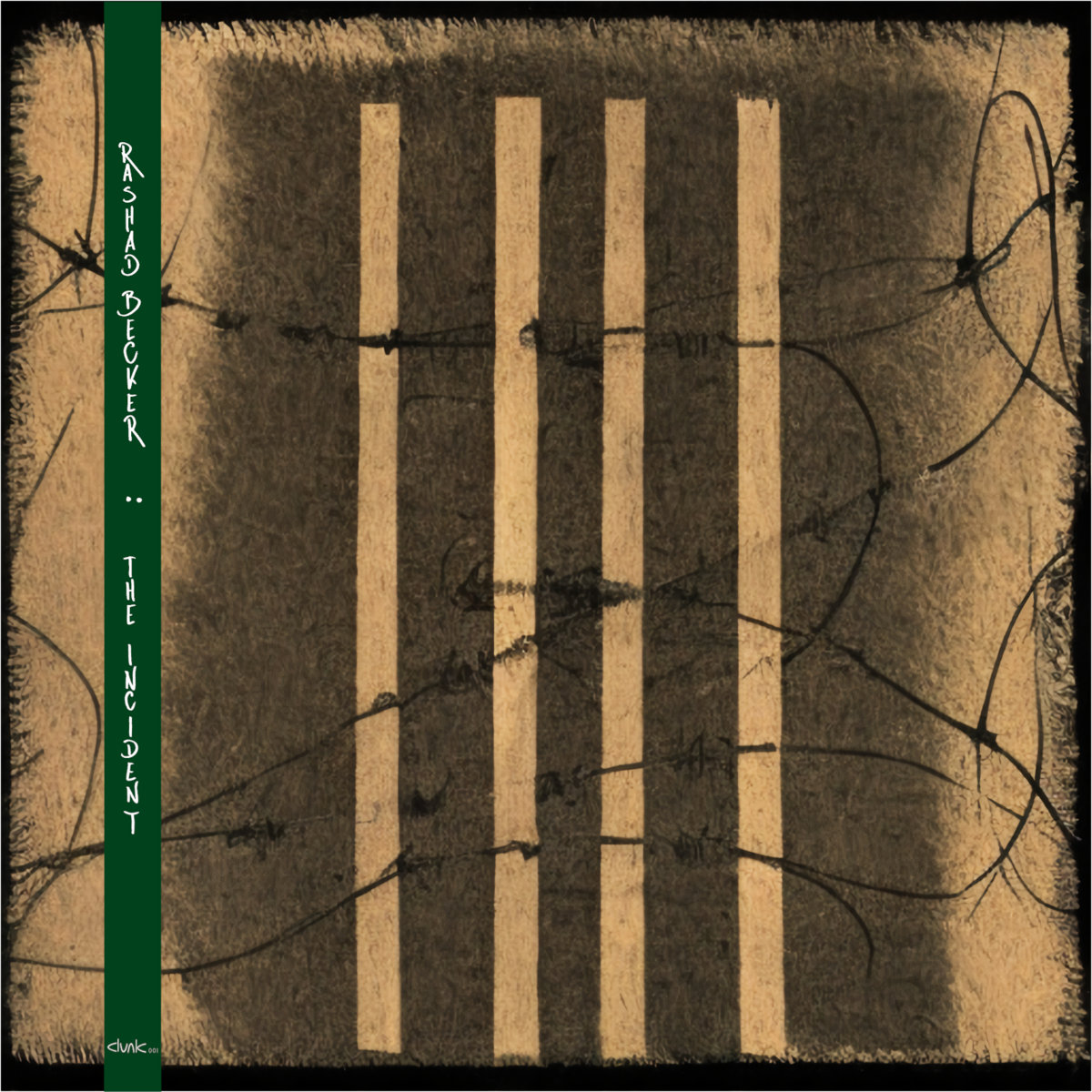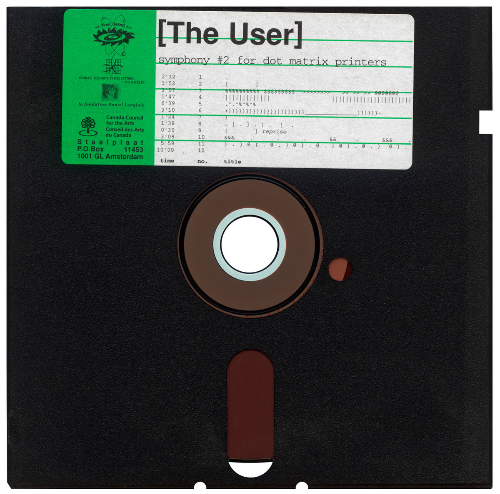
핀란드 투르쿠에서 시작된 Pan Sonic은 기계적 정밀성과 감정의 노이즈 사이를 탐험한 듀오다. 미카 바이니오 (Mika Vainio)와 일포 베이사넨 (Ilpo Väisänen)은 컴퓨터 없는 전자음악을 추구하며, 손으로 직접 설계한 회로와 모듈러 신스를 통해 극단적으로 밀도 높은 사운드를 구축했다.
그들의 데뷔작 'Vakio'는 낮고 둔중한 펄스와 진공 같은 정적, 파열음을 리듬의 기초로 삼으며, 청각뿐 아니라 신체 전체를 진동시키는 경험을 유도한다. Pan Sonic의 리듬은 그리드에 정렬되어 있되, 감정의 간섭과 즉흥의 오류를 의도적으로 끌어안는다. 그들은 ‘실패한 반복’과 ‘떨림’ 속에서 리듬의 미세한 어긋남을 발견하며, 이를 통해 청취자의 내면 리듬까지 이탈시킨다. 'Vakio' 이후의 작업에서도 드럼머신처럼 일정한 비트는 드물고, 대신 스파크처럼 튀는 전압과 바닥을 울리는 저주파가 곡의 중심을 이룬다. 소리는 구조물이 아니라, 공기 중에서 무게를 얻는 에너지로 작동한다.
Pan Sonic은 소리를 통해 ‘느낌’을 말하려 했고, 그 느낌은 언제나 신체적이다. 이들은 전자음악이 다시 육체로 귀환할 수 있음을 증명했다.
Pan Sonic, formed in Turku, Finland, was a duo that explored the space between mechanical precision and emotional noise. Comprising Mika Vainio and Ilpo Väisänen, they pursued a form of electronic music entirely without computers, constructing intensely dense soundscapes using hand-built circuits and modular synths.
Their debut album 'Vakio' uses low, heavy pulses, vacuum-like silence, and bursts of noise as the foundation of rhythm, producing not just an auditory experience but one that resonates physically through the listener's entire body. While Pan Sonic's rhythms are often grid-aligned, they deliberately incorporate emotional interference andimprovisational errors. Within these "failed repetitions" and "tremors," they uncover subtle rhythmic dislocations that disrupt even the listener’s inner tempo. In their later works, steady drum-machine-like beats are rare. Instead, tracks are centered on crackling voltage bursts and deep sub-bass frequencies that shake the floor. Sound here does not serve as a structural element—it behaves more like a force that gains weight as it moves through air.
Pan Sonic sought to communicate “feeling” through sound—and that feeling was always physical. They proved that electronic music can return to the body.

by FNST_SESSION












